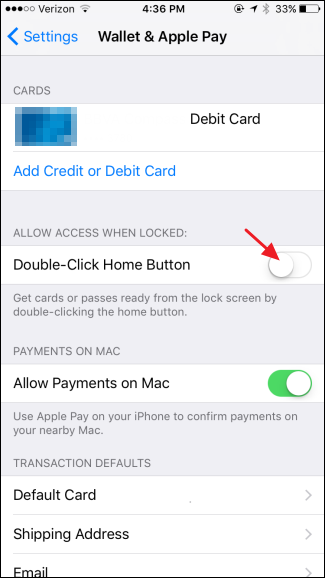

Hold down Command+Shift+Delete on a Mac or Control+Shift+Delete on Windows (or just click “Empty” if done via keyboard shortcuts).Open Finder and go to Applications > Utilities (or press Command+Space).If you keep deleting them, they’ll end up in the Trash forever. The Trash is where you put files that you want to erase from your computer. If you’re still seeing an error message or something like “An error occurred while trying to close this application,” then check out our article about how to fix macOS freezing issues here. If it’s frozen, click Force Quit instead of Quit Process and then wait for it to finish running before closing out of this window (it could take a few minutes).Open Activity Monitor, click on the app name in the upper left corner of your screen, then choose Quit Process from the menu that appears above.Use Activity Monitor to Force Quit frozen apps. Force Quit All Apps (closes all apps running on your computer).Quit Application (this option closes just the current app).Force Quit Applications (this option closes all open applications).This will bring up a dialog box that gives you several options for what to do next: To do this, press Command-Option-Escape on your Mac keyboard. You can use the keyboard shortcut to force quit an application. Use the Keyboard Shortcut to Perform a Force Quit. If you’re using Photoshop or another program that uses lots of RAM while working on specific tasks-like creating an image-then this will help find out why it’s not able to finish quickly enough. You can also use Activity Monitor to see what’s using up your RAM (random access memory). You can use Activity Monitor to see what is using up your CPU-for example, if there are too many apps running at once or one app is taking up too much of the CPU’s resources. Use Activity Monitor to identify what’s causing your slowdown.Īctivity Monitor is a tool that shows you what is using your CPU, RAM, and disk space. You can learn how to remove search marquis from mac easily. It will help your browser run at the speed of light. You should also remove search marquis from your MacBook. The cache is where all those things are stored until they’re needed again-and even then it may take time before they’re needed again. It’s basically like having an attic full of stuff: anything that gets created or stored in the computer will probably end up there at some point (like when you save something). Clearing the cache will free up memory for programs that need it, as well as speed up your browser or other apps that might be using up some of this space. You can make a lot of improvements to how fast your Mac runs by clearing its cache. The cache is where your Mac stores temporary files and data from websites you visit. Click on an item listed under Categories (or scroll down) that looks like “Music”, then click on Updates & Support in the left sidebar menu bar at bottom of page this will take you straight into Apple’s website where all major updates are listed along with descriptions about what new features were added/removed etc., so no need looking elsewhere! Open App Store and search for “iTunes”.If it’s not recent enough, update it with Software Update under System Preferences > App Store. Check what OS version you’re running in System Preferences > About This Mac.There are plenty of ways to check whether you have the latest version available: Updates are often released by the developers of an app or program, and they can be crucial for security reasons as well as performance enhancements. It’s important to always keep your software up-to-date. Read this handy guide and speed up your Mac in record time with minimal fuss.


 0 kommentar(er)
0 kommentar(er)
